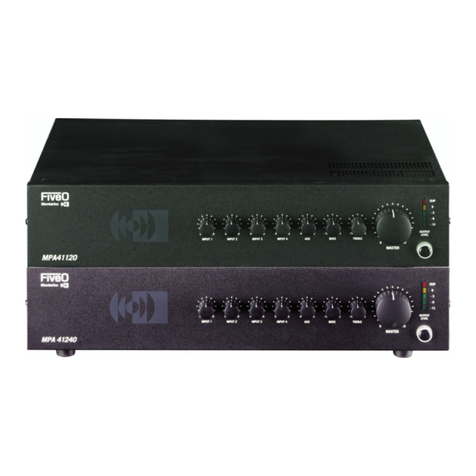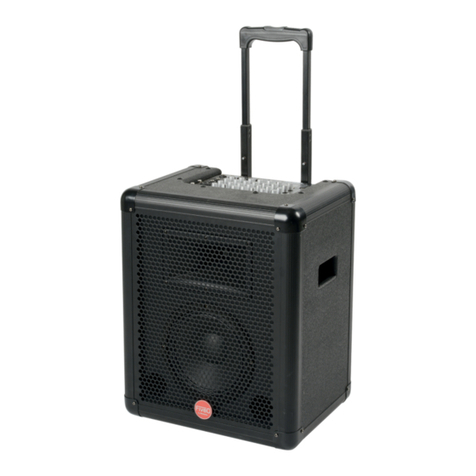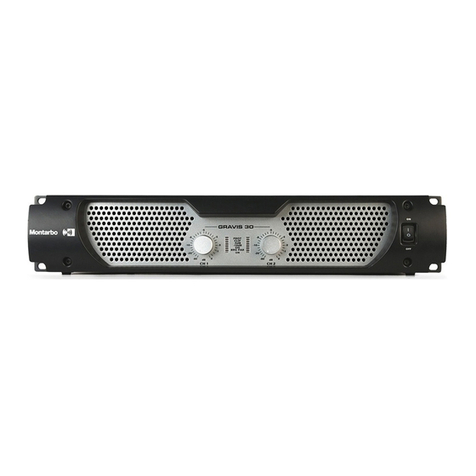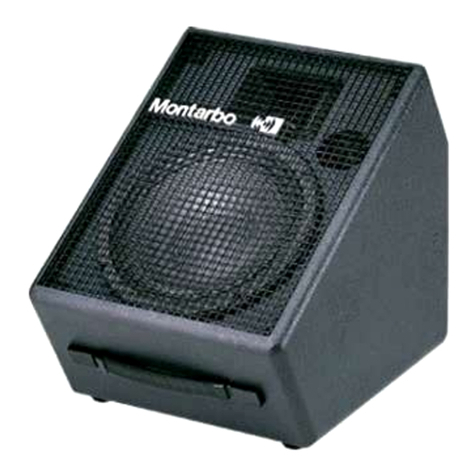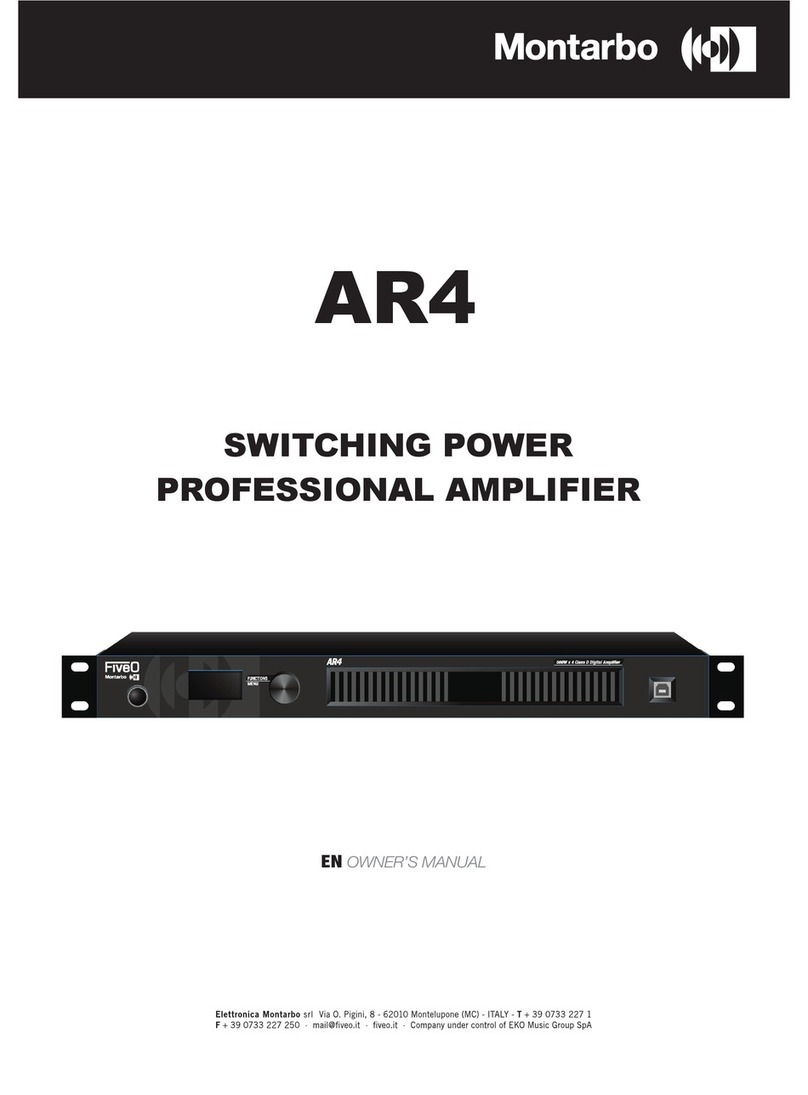
TP-11
98
ITA
manuale d’uso
14 INSERT
Questa presa jack stereo consente di collegare dispositivi esterni, per esempio un
compressore o un EQ, in grado di elaborare la dinamica del segnale.
Per il collegamento usare un cavo ad “Y” inserendo un connettore stereo così cablato:
punta (T) mandata, anello (R) ritorno, calza (S) massa comune, quindi collegare il
dispositivo esterno con due connettori sbilanciati, uno per l’ingresso ed uno per l’uscita.
15 POWER INPUT
Collegate qui l’alimentatore di corrente esterno fornito in dotazione.
CONSIGLI DI UTILIZZO
È consigliabile posizionare il preamplicatore su una supercie piana in un locale ben
areato facendo attenzione che i fori per il raffreddamento della valvola siano liberi e non
a contatto con alcuna supercie. Prima di collegare il cavo di alimentazione alla presa di
corrente ruotate le manopole Input e Out a -∞ e controllate che la phantom +48V sia in
posizione off. Alimentate quindi l’apparecchio e poi il cavo del microfono o strumento in
Input. Regolate le manopole di Input e Out in modo tale che sul VU meter il led CLIP si
accenda sui fortissimo musicali. Il selettore di preset centrale vi permette di utilizzare la
saturazione della valvola per colorare il suono della sorgente sonora in ingresso. Potete
scegliere tra 16 impostazioni differenti suddivise in:
COLD - per preservare il suono naturale dello strumento/voce in ingresso. Risposta
pressoché lineare e priva di importanti colorazioni tonali.
WARM - per enfatizzare la presenza dello strumento/voce in ingresso. Risposta con un
loudness più marcato e incisivo.
WARM + GAIN REDUCTION - Per tutte quelle situazioni in cui il segnale in ingresso è molto
forte e prossimo alla distorsione (effetto di prossimità o variazione di ampiezza del segnale
molto rapida). Risposta analoga ai preset WARM.
COLD + GAIN REDUCTION - Per tutte quelle situazioni in cui il segnale in ingresso è molto
forte e prossimo alla distorsione (effetto di prossimità o variazione di ampiezza del segnale
molto rapida). Risposta analoga ai preset COLD.
SPECIFICHE TECNICHE
Ingressi
Combo (XLR+jack), insert
Uscite
Uscita XLR bilanciata, uscita jack sbilanciata, direct out
Controlli
Manopola livello input, manopola livello output, selettore preset, low cut,
polarity, +48V, Line/Mic input sens
Impedenza in ingresso
(XLR-TS JACK)
2kΩ - 840kΩ
Impedenza in uscita
(XLR-TS JACK)
600Ω - 300Ω
Massimo livello in ingresso XLR
+15 dBu
Massimo livello in ingresso TS
+22 dBu
Massimo livello in uscita:
XLR
TS
+28 dBu
+22 dBu
CMRR
>75dB (tipico @ 1kHz)
Risposta in frequenza
10 Hz - 30 kHz (±6dB)
Filtro Low Cut
-12 dB@50 Hz
Range dinamico (20-20kHz)
>100 dBu (tipico)

